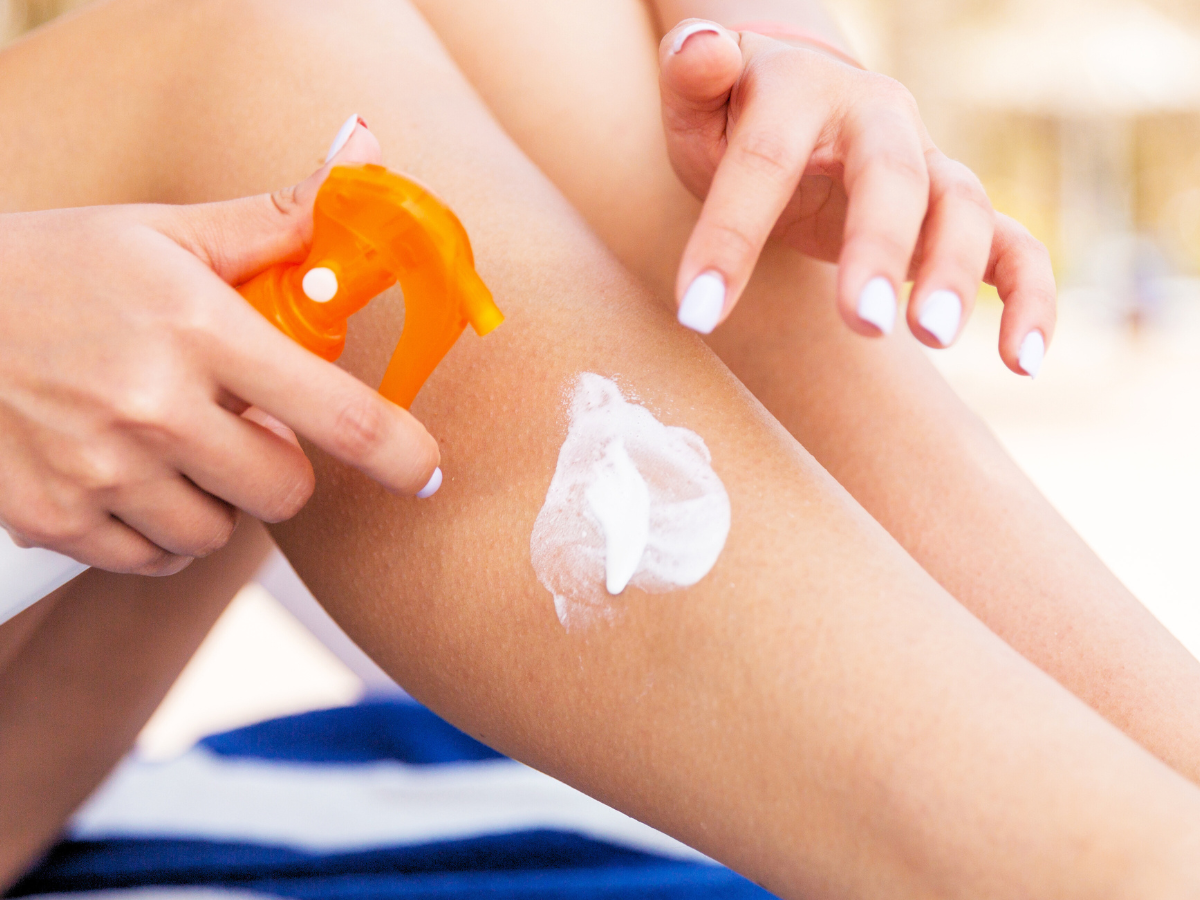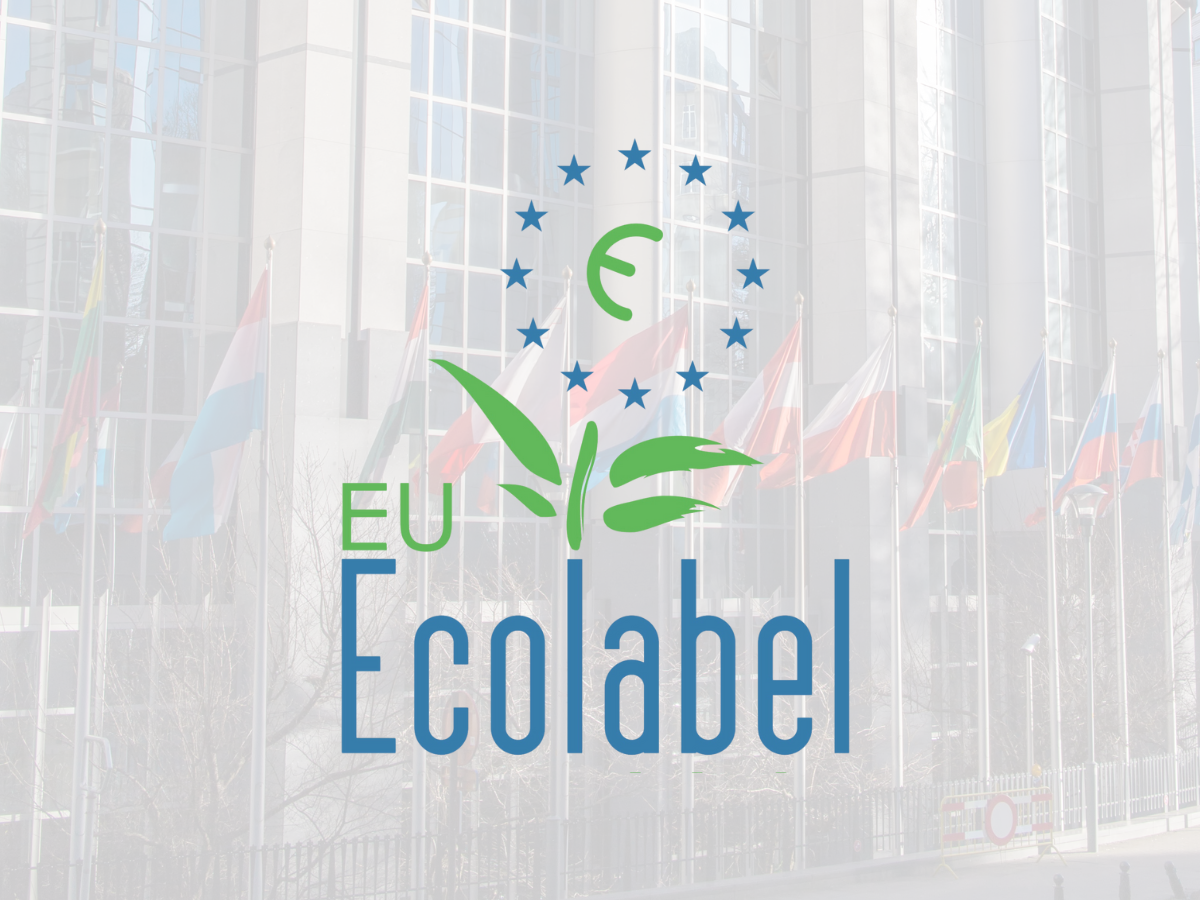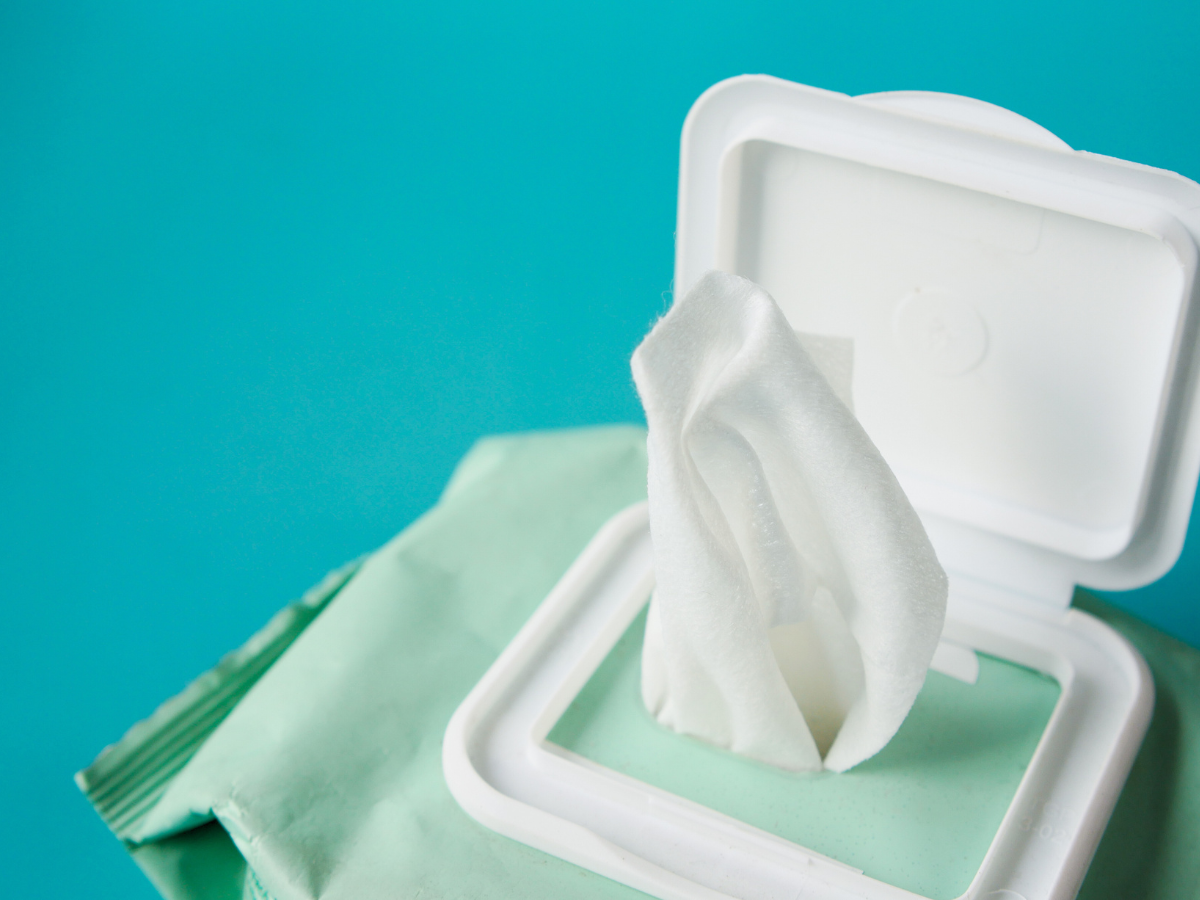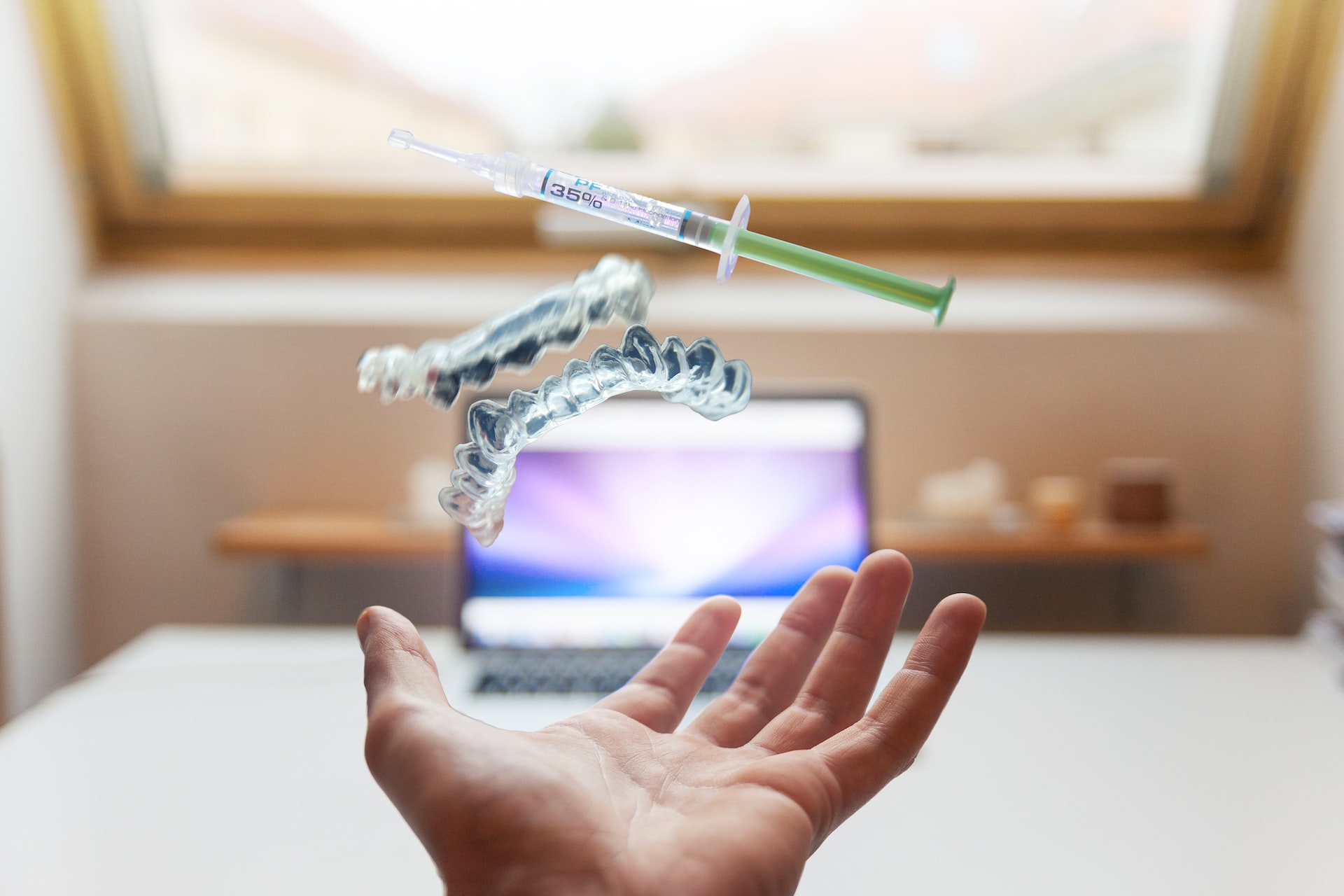MedTech Survey Report
MedTech Europe published a Survey Report analysing the availability of Medical Devices in 2022 in connection to the Medical Device Regulation (MDR) implementation.
Methods
The survey was sent to all manufacturer members of MedTech Europe, and the answers were gathered between the 4th and 29th of April 2022. The survey included 30 questions divided in to two core sets. The first part was mainly aimed at assessing the capacity of Notified Bodies and the certification under the MDR while the second part included some additional questions. Only one submission per manufacturer was allowed.
Summary of results
- The survey represents an estimated 60-70% market revenue coverage.
- MDR certificates have not been issued yet for >85% of the >500 000 devices previously certified under the directives.
- Larger companies are actively filing under MDR.
- Review is still ongoing for 70% of submitted industry applications.
- The time-to-certification with MDR-designated Notified Bodies is taking 13-18 months on average. This is double the time historically needed for certification under the Directives.
- >50% of respondents plan portfolio reductions.
- 33% of these companies’ medical devices are currently planned for discontinuation.
- All product categories are impacted by potential device discontinuations.
- At least 15 % and up to 30% of Small and Medium Enterprises (SMEs) still have no access to an MDR-designated Notified Body.
- ~50% of respondents are deprioritising the EU market (or will do so) as the geography of choice for first regulatory approval of their new devices.
- >20% of respondents attribute delays in MDR certification to the publication of new or revised MDCG guidance.
Volume of devices certified under the MDR
The majority of the devices on the market is yet to transition to the MDR. Certificates have not been issued for approximately 85% of the more than 500 000 devices estimated to be covered by the Directive’s certificates. New devices and class III devices were more likely to lead to longer certification timescales.
This is possible due to delays of the time-to-certification by MDR-designated Notified Bodies (13-18 months on average, two times more than the time needed for certification under the Directives), which reflects in a slow progress to certification (only 14% of all certificates were issued so far). Additionally, it is important to note that 54,820 Class I devices will be up-classified under the MDR.
The challenges with Notified Bodies include: unpredictable certification time, lack of predictability, lack of responsiveness, non-harmonised interpretations of MDR requirements and non-harmonised interpretations of MDCG guidelines.
Changes in portfolio
83% of the portfolio of both large and Small and Medium Enterprises (SMEs) who have legacy products, is composed of “legacy” devices.
However, over half of all survey respondents plan portfolio reductions, foreseeing to discontinue 33% of their devices. MDR implementation will affect transversely all categories of medical devices, which can have a prejudicial impact on healthcare systems. The categories of devices most likely to be impacted by portfolio reductions are orthopaedics, traumatology, rehabilitation and rheumatology; surgical instruments; medical software and devices for cardiology.
Impact on SMEs
The MDR have a more pronounced impact on SMEs than on larger companies with up to 30% of SMEs without a designated Notified Body capable of certification under the MDR. The progress to certification is also slower, with only 7% of MDR certificates issued for SMEs compared to 13% on average.
On the other hand, all current Notified Bodies used by the large company respondents are MDR-designated. The explanations for lower transition rate to MDR for SMEs include: costs of recertification, time, and resources for MDR becoming too high.
Innovation is leaving Europe
Approximately half of the respondents are deprioritising (or will do so) the EU market as choice for first regulatory approval of new devices, making evident that the MDR has not supported innovation in the EU.
Large companies are more likely to prioritise USA for new approvals while SMEs prioritised equally EU and USA. This means that approximately half of the EU based innovation will in fact benefit patients in the USA first, not in the EU.
MDCG guidance
Data suggests that MDCG guidance documents can slow down the certification process and lead to rework of the submitted applications.
More than 1 in 5 companies have reported a delay in certification due to a publication of new or revised MDCG guidance. Almost half of all delays led to some level of reworking, with larger companies to be more impacted.
The guidance documents associated with the delay were: MDCG 2021-24 Guidance on classification of medical devices; MDCG 2020-5 Clinical evaluation – Equivalence: A guide for manufacturers and notified bodies and MDCG 2020-6 Guidance on sufficient clinical evidence for legacy devices.
Conclusions
The implementation of the MDR in the EU is having a serious effect on the EU medical device market. This will be felt by EU patients and health systems.
The data also reveal that the MDR impacts differently larger versus smaller (SME) companies, showing clearly that SMEs are worse off.
Few devices have so far successfully transitioned to the MDR, and timescales for certification are now at an all-time high.
There is a urgent need for immediate action by decision-makers to help keep needed medical devices available in Europe.
Note: The survey performed by MedTech Europe represents an estimated 60-70 % of EU market revenue coverage, and with 475 respondents across large and SME companies there should be confidence in the conclusions drawn.















